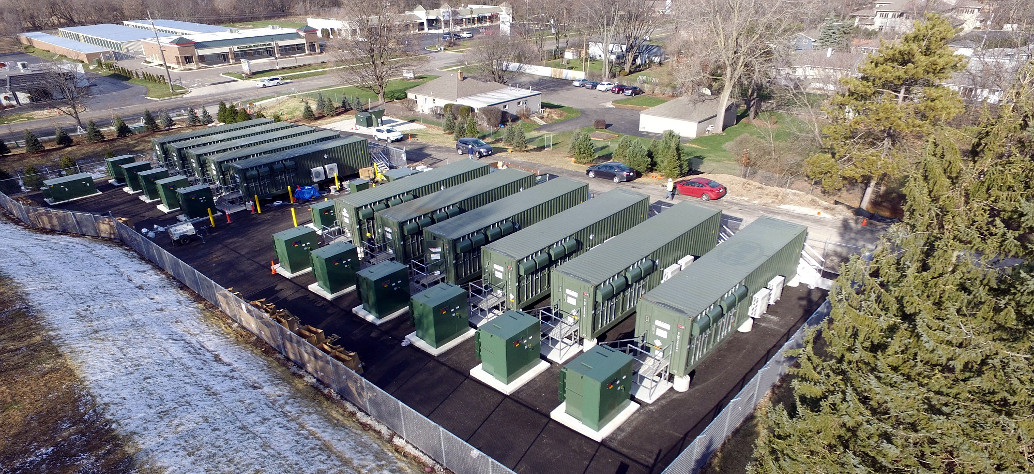In one of the larger power purchase agreements (PPA) involving a community choice aggregator (CCA), EDF Renewables North America has found buyers for the energy generated by its 128 MW-AC with 40 MW/160 MWh battery storage Big Beau solar+storage project in Kern County, California.
After more than a year-long competitive procurement process, Silicon Valley Clean Energy has agreed to purchase 55% of the output, with the remaining 45% going to Monterey Bay Community Power. The two CCAs will start receiving the power upon the project’s completion, anticipated for the end of 2021.
“We are delivering on our commitment to our customers to provide reliable, renewable energy that will help us reach our decarbonization goals,” said CEO of Silicon Valley Clean Energy Girish Balachandran. “This long-term agreement with EDF Renewables for solar-plus-storage shows that as a CCA we have the financial stability to make investments in these kinds of innovative renewable projects.”
While this is a considerably large PPA for two CCAs to be involved in, that doesn’t mean the deal comes as a surprise. CCAs have taken off in California, where communities have been allowed to procure renewable energy even more rapidly than the statewide 60% by 2030 mandate. What’s noteworthy is the battery storage aspect of the project, which Valerie Barros, director of renewables and storage product development at EDF Renewables cited as action taken by the two CCAs to quell the effect that the ‘duck curve’ would have on their ability to deliver energy efficiently.
The ‘duck curve’ is named after the charted shape of the difference in electricity demand and the amount of available solar energy throughout the day. The issue is that solar energy’s peak generation comes during the day, wiping out peak demand. Later, as the evening begins, demand increases, while solar generation decreases, forcing the rapid ramping up of traditional energy resources. This can lead to the curtailing and wasting of significant amounts of solar energy.
This is also where battery storage comes into play. By reserving portions of generated solar, the batters allow for less solar to be wasted over the course of the day, while at the same time alleviating the need for ramping by being able to deliver energy at the same rate as the increase in demand.
“Solar development has been a hallmark of California’s renewable energy boom and with the storage component, we can realize the full potential of solar generation,” said Tom Habashi, CEO of Monterey Bay Community Power.
This content is protected by copyright and may not be reused. If you want to cooperate with us and would like to reuse some of our content, please contact: editors@pv-magazine.com.









By submitting this form you agree to pv magazine using your data for the purposes of publishing your comment.
Your personal data will only be disclosed or otherwise transmitted to third parties for the purposes of spam filtering or if this is necessary for technical maintenance of the website. Any other transfer to third parties will not take place unless this is justified on the basis of applicable data protection regulations or if pv magazine is legally obliged to do so.
You may revoke this consent at any time with effect for the future, in which case your personal data will be deleted immediately. Otherwise, your data will be deleted if pv magazine has processed your request or the purpose of data storage is fulfilled.
Further information on data privacy can be found in our Data Protection Policy.